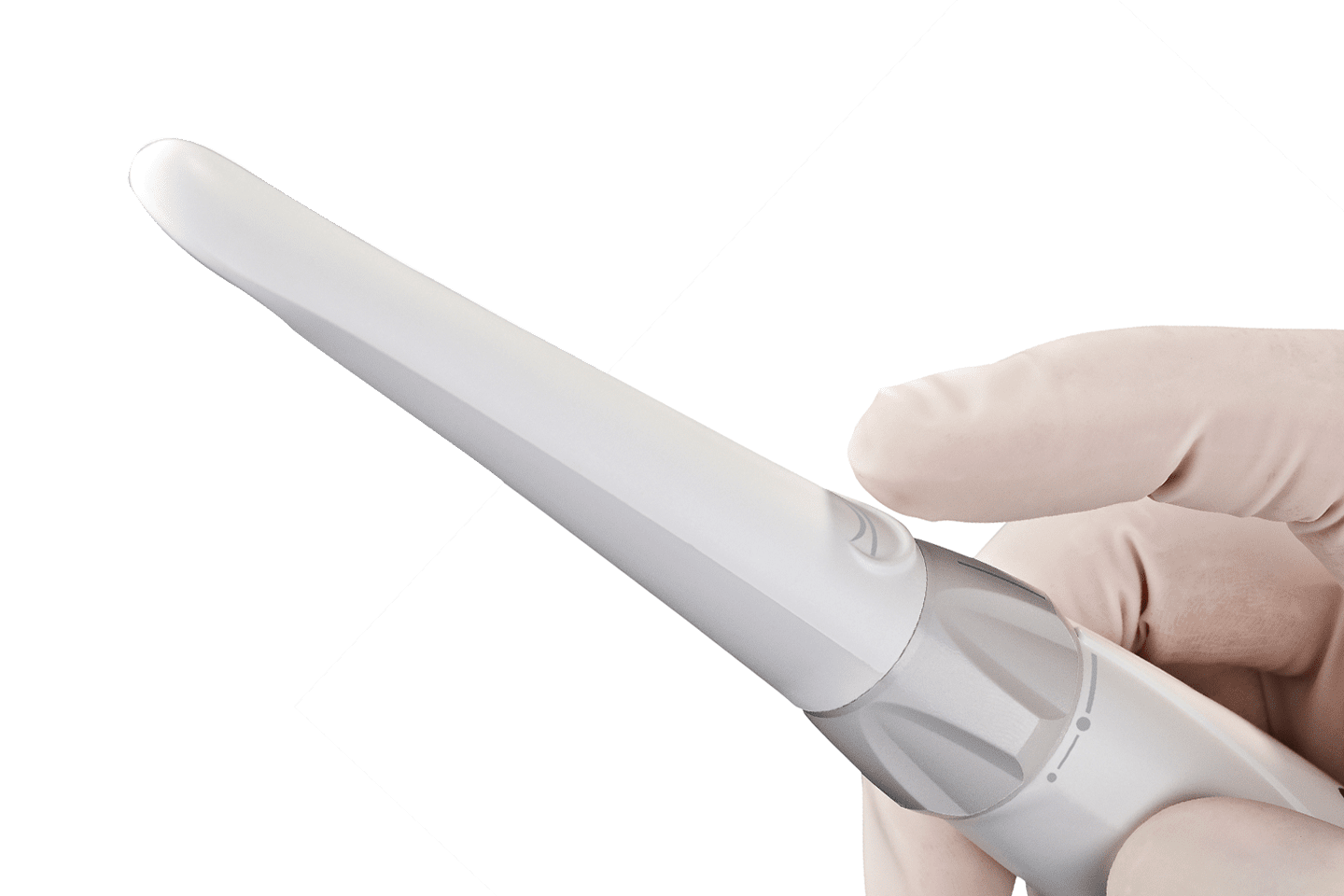

What is the SOPROCARE Intraoral Camera?
The SOPROCARE is an intraoral camera equipped with a unique fluorescent technology that dentists can use to identify caries (decay and crumbling of a tooth or bone), as well as dental plaque and gingival inflammation (gum disease).
Why You Might Need Intraoral Pictures
Intraoral pictures are an important part of evaluating dental hygiene. While dentists only had x-rays in the past, this new technology provides a more in-depth method for identifying areas of concern and their degree of severity.
How the SOPROCARE Intraoral Camera Works
The SOPROCARE camera works in three different modes: Daylight, Cario, and Perio.
Daylight mode is used to perform complete oral examinations. The Macrovision camera can magnify photos up to 100 times their original size, allowing the attending dentist to see details not otherwise visible to the naked eye. This is useful in identifying placement for amalgams (dental fillings) and implants.
In Cario mode, cavities and enamel breakdown are revealed by a bright red color on the patient’s tooth. Dentists can identify everything from the first visual change in enamel to a distinct cavity with dentin (dense bony tissue beneath the enamel). This allows your dentist to identify a more complete treatment plan.
Perio mode uses LED lights to create a chromatic map of the patient’s teeth with hues ranging from yellow and orange, to deep magenta. The yellow and orange shades reveal old plaque, while new plaque appears white. Gum inflammation will present itself in pink hues, with magenta signifying the greatest severity. This allows the dentist to establish more effective treatments.
Benefits of the SOPROCARE Intraoral Camera
An earlier and more detailed assessment of your dental condition allows dentists to create an all-encompassing treatment plan, while also educating the patient about future care. Additionally, the SOPROCARE can save images directly to a patient’s chart so that the dentist can follow and control the treatment progress. Lastly, the SOPROCARE eliminates the need for x-rays and saves time for all involved.


